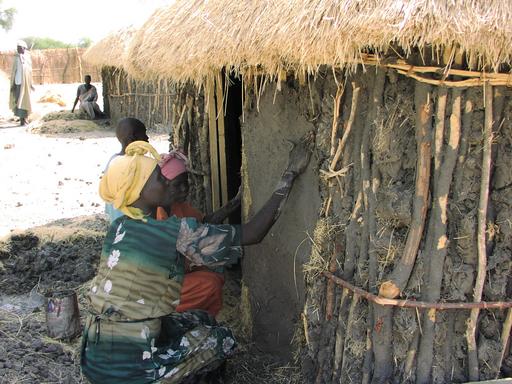
For those of you who so faithfully pray for us weekly or monthly THANK YOU this post will be a repeat of our September newsletter. For those of you that don’t you can sign up here .
This month we were highlighting the primary people group we have the privileged of working and serving alongside in South Sudan. The state we are working in is the Upper Nile State and the area we are working in is inhabited primarily by the Maaban.
The Maaban are spread along the White Nile river in communities or villages about 200 yards apart. Their primary language is Maaban although the trade language is Arabic, there are thought to be around 70,000 in South Sudan. Their villages are comprised of family groups, the chief is the oldest male in that lineage. They primarily make their living through livestock and by planting small crops outside their villages. The men also hunt hippopotamuses, antelope, buffalo, and giraffes and are considered to be expert fisherman. The woman’s primary role is to tend the gardens, prepare food and make cooking utensils. Often the men wear bracelets made out of wood and traditionally six of the lower teeth are removed from all children when they are young. Men and woman also will mark their foreheads with five rows of dots or scars to show tribal identity.
In the middle of the villages resides the reth or “king” who is head over all the villages. He is considered to have spiritual powers and often divine abilities. He is considered to be a re-incarnation of the first king for many. Most of the Maaban follow traditional ethnic beliefs with 5% attributing themselves as Christian. Their ethnic beliefs include the use of prayer, magic and sacrifices to protect themselves from the evil power. Few Christian resources are available in the Maaban language, they do have a new testament translation but not a complete Bible available to them.*
Will you join us in praying for the Maaban this month that God will raise up long term workers within the Maaban and abroad to meet the physical and spiritual needs of this group of people. Please also pray for peace and safety among the tribes and from any political uprisings.
*Our primary source of information regarding the Maaban is found courtesy of the JoshuaProject. Please click here for more information*
